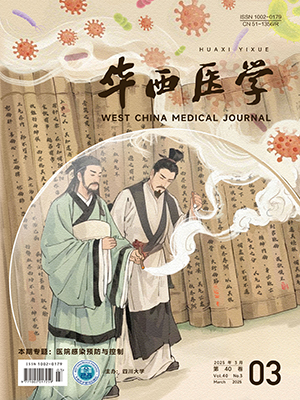Due to the lack of calcification of the aortic valve, it is difficult to provide effective support for the fixation of artificial valve in aortic stenosis characterized by leaflet thickening. There is a risk of postoperative perivalvular leakage and secondary valve implantation, which is widely regarded as a relative contraindication for transcatheter aortic valve replacement (TAVR). But aortic valvuloplasty and self-expanding transcatheter aortic valve has showed its safety and efficacy. This paper reports a patient with bicuspid aortic valve characterized by leaflet thickening treated with TAVR. After the operation, the patient’s symptom of exertional dyspnea was significantly improved, New York Heart Association class increased to Ⅱ, no perivalvular leakage was found, and the mean transaortic pressure gradient and the maximum aortic valve velocity decreased significantly.
Citation: ZHANG Yike, OU Yuanweixiang, WANG Zijie, WANG Xi, XU Yuanning, FENG Yuan, CHEN Mao. Transcatheter aortic valve replacement for a patient with bicuspid aortic valve stenosis characterized by leaflet thickening: a case report. West China Medical Journal, 2020, 35(4): 442-445. doi: 10.7507/1002-0179.202003004 Copy
Copyright © the editorial department of West China Medical Journal of West China Medical Publisher. All rights reserved
-
Previous Article
A case report of transcatheter aortic valve replacement for horizontal heart with aortic stenosis LUOJiewen, LI Yijian, LI Xi, XIONG Tianyuan, WANG Zijie, OU Yuanweixiang, WANG Xi, FENG Yuan, CHEN Mao -
Next Article
Complications in a case of functional bicuspid aortic valve treated with transcatheter aortic valve replacement FANGMingcheng, GUO Yansong, CHEN Xinjing




